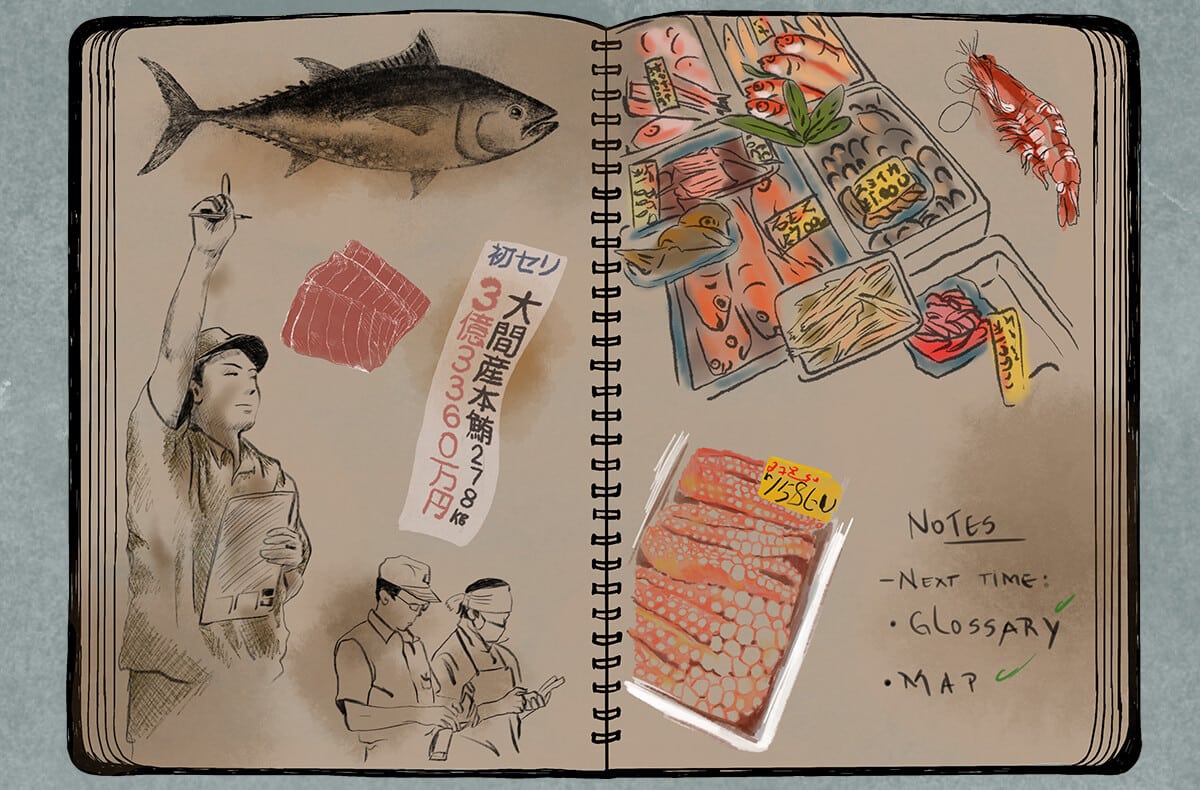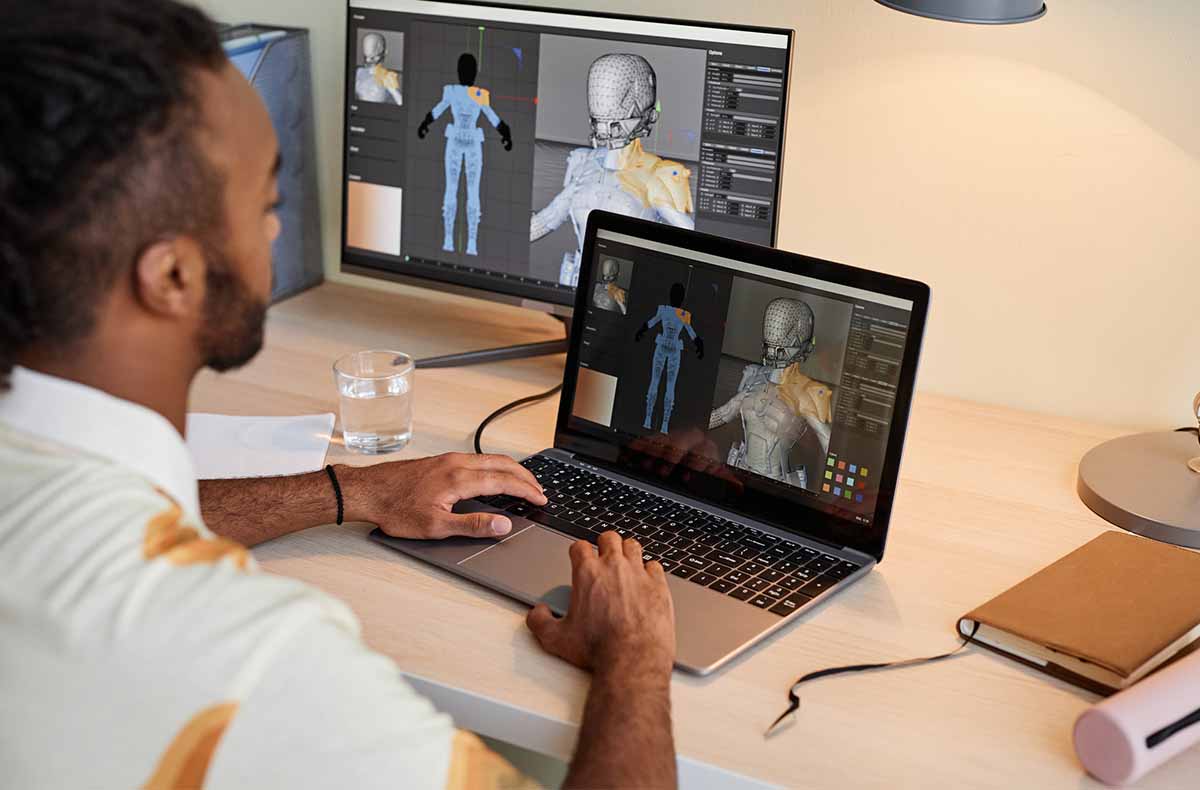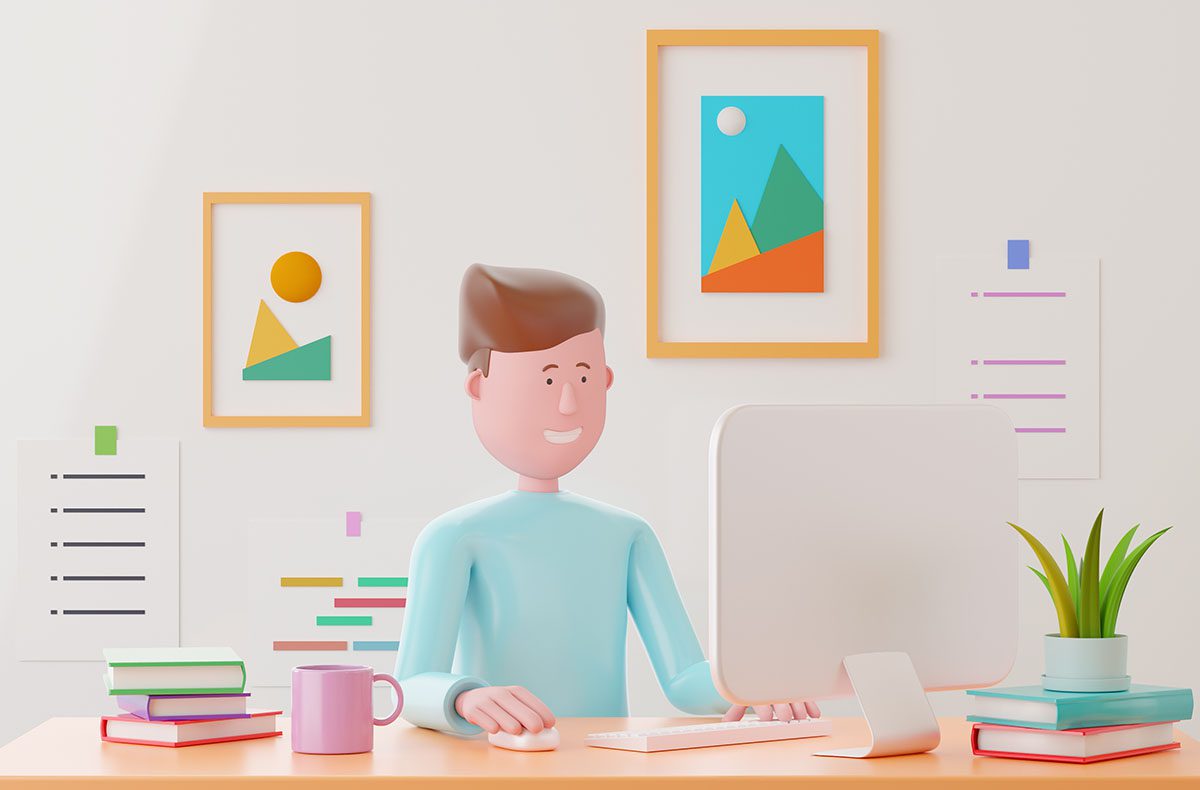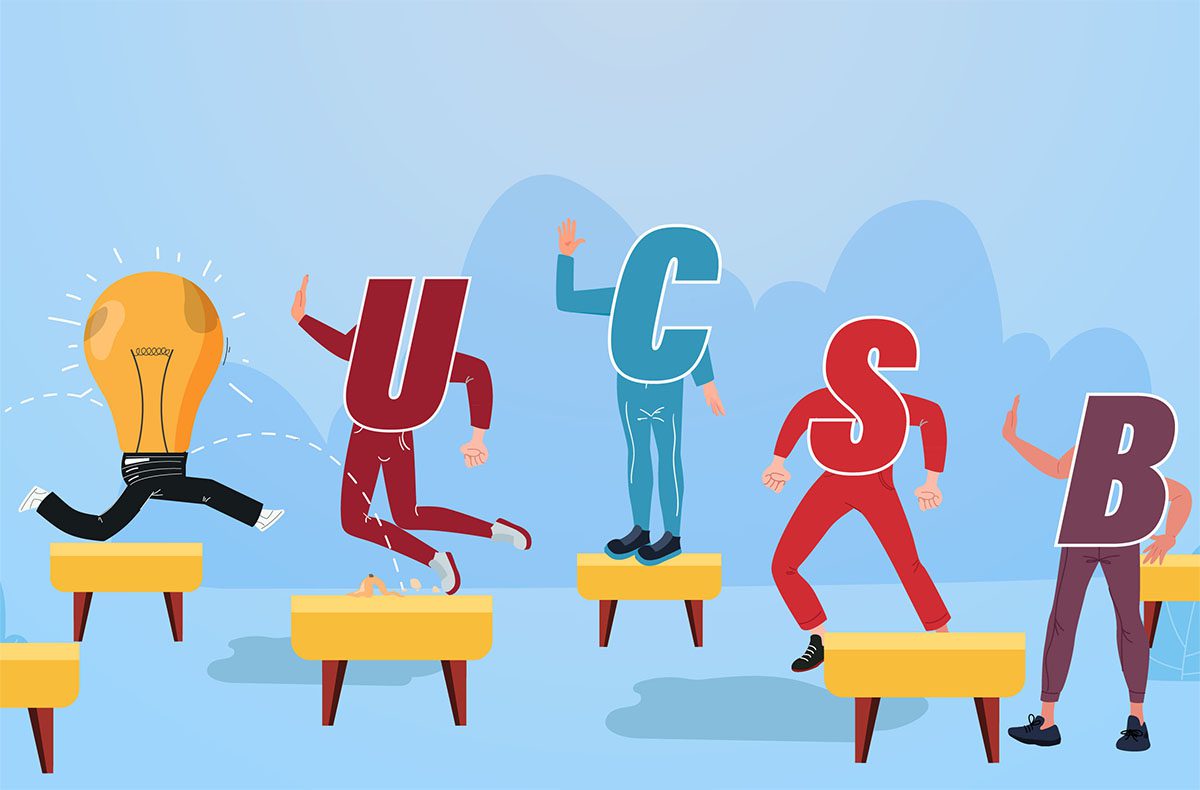
It’s 4 am, and I’m leaving my hotel room in Tokyo for a visit to Tsukiji, the largest fish market in the world. I arrive with plenty of time to see the tuna auction. However, getting out of the cab, it is obvious that I will have to be resourceful, as there are no maps, guides, or signs in English. In fact, I appear to be the only six-foot-tall Californian around. I know the auction is near the boats, as I’ve seen them unloading frozen 250-pound fish, and I start making my way, mostly using my height to see as far as I can. This place is big.
I finally see a large concrete area with buyers hunched over looking closely at each fish. I stop for a minute to settle and take in the spectacle before me. It feels chaotic, and I don’t know what is being said by the auctioneer, nor can I read any of the placards the individual buyers are putting up in the air.
I am frustrated. Here I am 5,300 miles from home, finally at a bucket-list destination, and I can only enjoy a small part of the experience. I want to see the baby octopus I have read about, yet there’s no one to ask and no guide to consult. After a while, I drift off to see what else is in the market. I know nearly every sea creature on the planet is represented here. With no map, I wander and serendipitously stop while marveling at everything.
After four hours of exploring and archeologically discovering the vastness of Tsukiji, I find myself standing at the outer rim—near where I entered. I stop for a minute to get my bearings and reflect on what just happened and what I might have learned, in addition to seeing some incredible things I wanted to taste.
First, my experience would have been more effective if I’d had a map. Simple, right? However, there may not have been one; it’s a working fish market, not a tourist destination. Second, if I had a glossary of terms related to the market, including names of fish and specific things I was looking for, I could have stumbled through my terrible Japanese and gotten pointed in the right direction. So: a map and a glossary for the next adventure. Check.
This realization made me think about what it must be like for my customers the first time they used our software. I was the co-founder of Wavefront, and we’d developed computer animation software used for feature films, industrial design, video games, scientific visualization, and large-scale engineering projects. Although our customers were new to computer animation, in 1984, we were one of the first to produce commercially-available software. Computer animation is really hard. When someone bought a seat of our software, it came with eight books that took up three feet on the bookshelf. And in those hundreds of pages, there was no map and no glossary.
Interesting. It took this bucket-list side trip while doing business in Tokyo to revolutionize how we communicated the experience of working with our software. We implemented poster-sized maps so customers could see where they were in the software, and added a glossary to the front of each manual, as the world of computer animation had hundreds of terms familiar to us and completely foreign to our customers.
That day in Tokyo, I learned to stop, take a minute to appreciate every adventure, and see if there was a hidden lesson embedded in the experience that could be helpful. Sometimes adventures are just that, and sometimes they are an opportunity to train.
As I traveled the world evangelizing the power of computer visualization and animation for the next ten years, I would do a little more homework before the trip. Having been a chef before getting into computer animation, I’ve always been fascinated with street food, open-air markets, getting up early to beat the crowds, and seeing how the locals shop for their provisions. My traveling companions got used to me getting up at 4 AM and having the cab take me to places like Tskuji, and always scratched their heads when I would come back with big ideas to change our business.
So the next time you set out on an adventure, pay attention to the small things: they can turn into big lessons.



